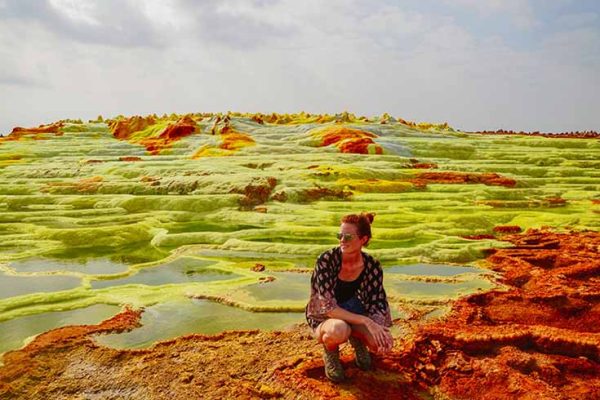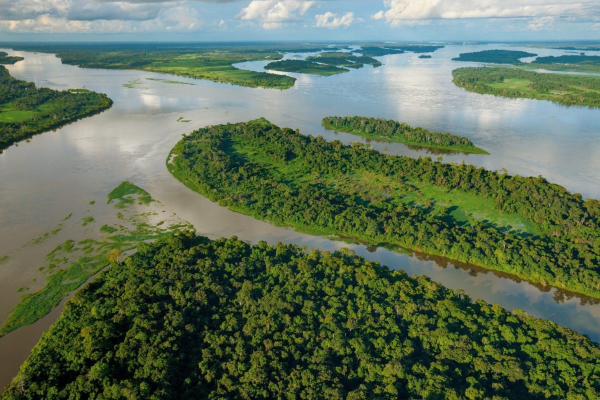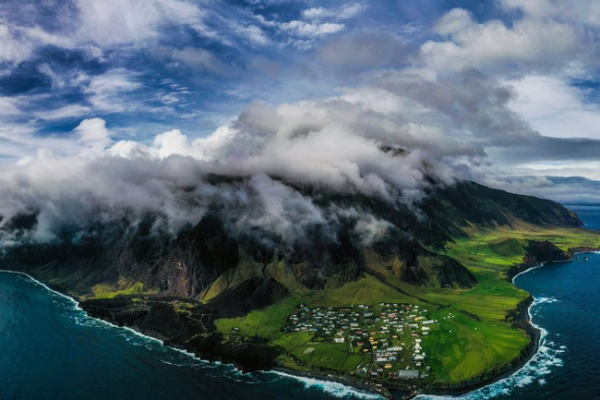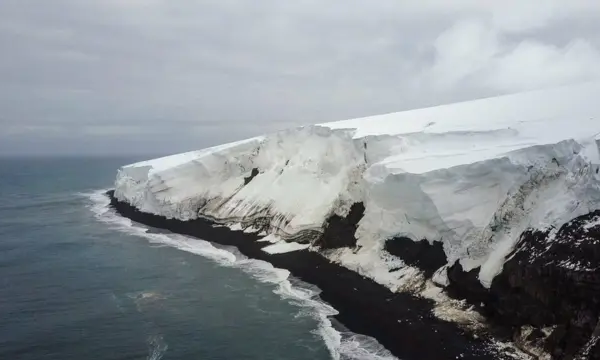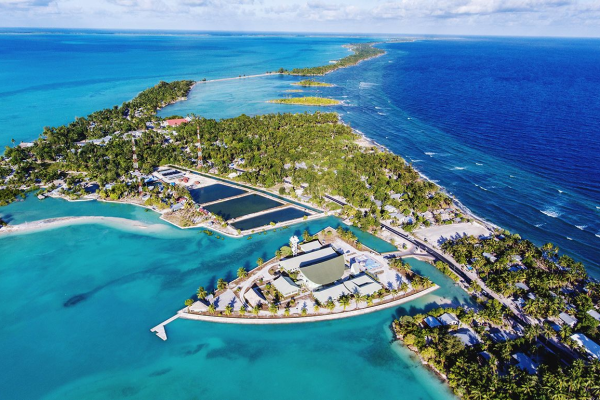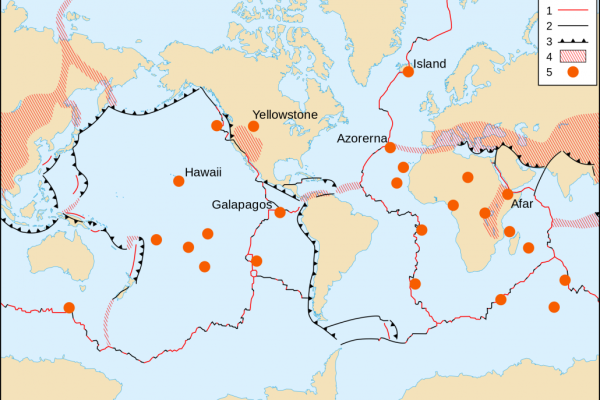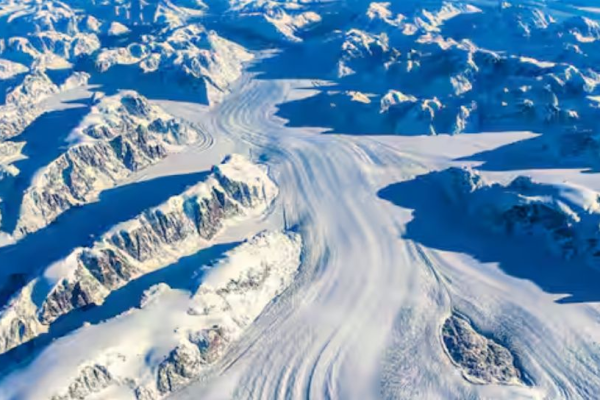
Geografi Sosial, Memahami Hubungan Manusia dan Ruang
solsticeuniversity.com – Geografi Sosial merupakan cabang dari geografi manusia yang mempelajari interaksi antara masyarakat dengan ruang tempat mereka hidup. Ilmu ini fokus pada bagaimana fenomena sosial seperti kelas sosial, etnis, gender, dan ketidaksetaraan terbentuk serta memengaruhi pola keruangan, sekaligus bagaimana ruang membentuk perilaku sosial manusia. Pengertian Geografi Sosial Geografi Sosial didefinisikan sebagai studi tentang pola…
